
Welcome! Unlock Your First Offer Here

Welcome! Unlock Your First Offer Here

Welcome! Unlock Your First Offer Here
China's top anti-drone jammer manufacturer

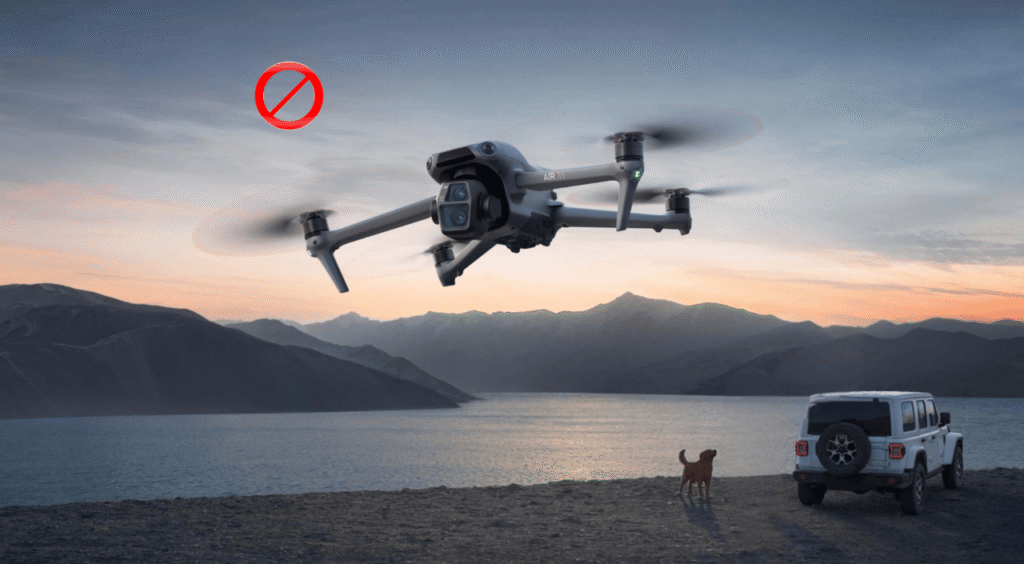
Drones are everywhere now, buzzing through our skies for everything from surveillance to deliveries. And while they may seem harmless, they pose a real challenge when it comes to tracking their every move. But that’s where I come in—radio technology, that is. I’m the one behind the scenes, using signals and clever techniques to help pinpoint where drones are flying. Let me show you how I do it.
Drones are chatterboxes. They constantly communicate with their operators through radio signals—on frequencies like 2.4 GHz and 5.8 GHz for control, and GPS signals for navigation. But just like a conversation you might overhear, I can listen in on those signals and use them to figure out where the drone is.
One of my most trusted tools in this mission is the hand-carry suitcase drone positioning system. I’m compact, portable, and quick to deploy. I don’t need a lot of space—just a set of directional antennas and a signal analyzer, all packed neatly into a suitcase-like container. I’m designed to be light on my feet, making it easy to move around to detect drones no matter where they are.
I use those antennas to capture the signals the drone is sending out, then my signal analyzer gets to work, measuring the signal strength, frequency, and timing. Once that data is collected, I process it with special software to calculate the drone’s location. That’s when the magic happens, and suddenly, I know where the drone is in real-time, no matter where it’s hiding.
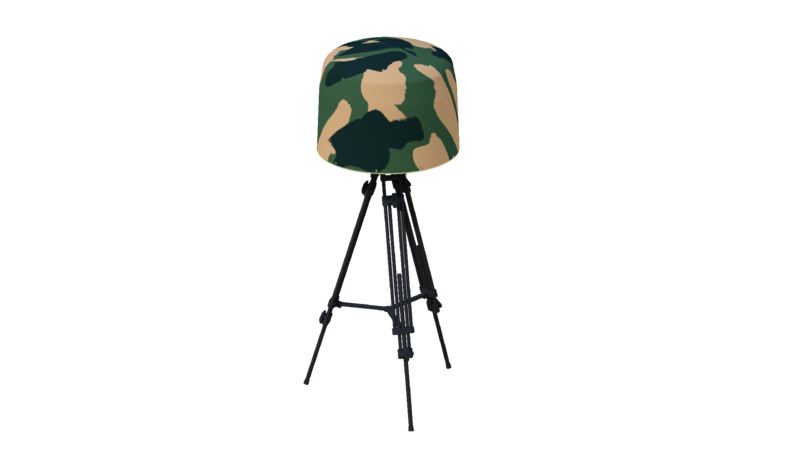
When a drone sends out its signals, it’s like leaving a trail that I can follow. But instead of just following the trail, I use Direction Finding (DF) to pinpoint the direction those signals are coming from. I’ve got an array of directional antennas that work together, each picking up the drone’s signal at slightly different times or angles.
By comparing the strength and timing of those signals, I can figure out the exact line of bearing—where the drone is coming from. If I set up several of these systems in different locations, I can triangulate and pinpoint the drone’s position with great accuracy. It’s like a team of me, all working together to catch that elusive drone.
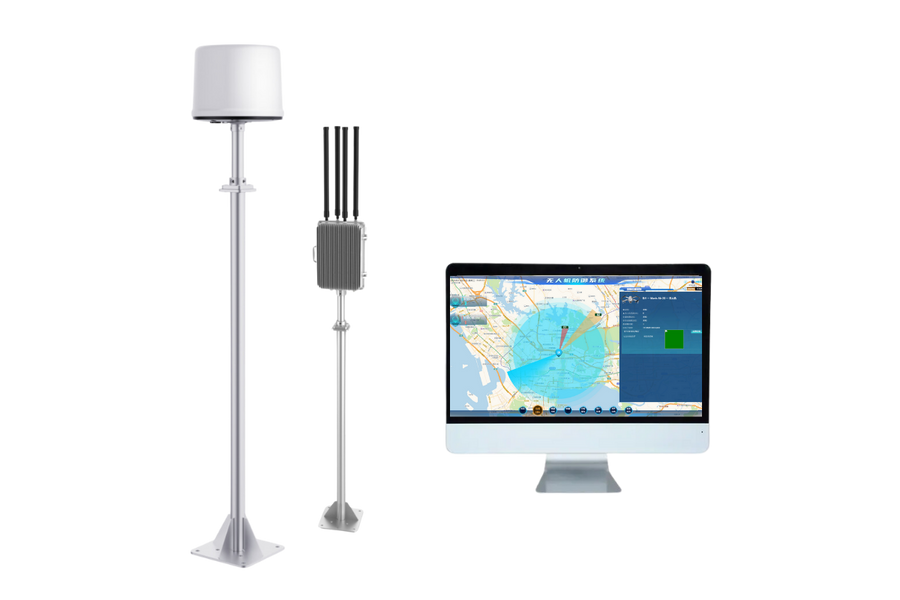
To track a drone accurately, I rely on high-tech equipment—like the hand-carry suitcase system I just mentioned. My system includes a few key players: the directional antennas, the signal analyzers, and my trusty processing software. Together, we work in harmony to capture, analyze, and locate drones based on the signals they emit.
But sometimes, I need something more powerful. That’s when I call in my bigger, more permanent cousin—the Fixed RF Geolocation System. Think of this system as a watchful guardian, installed in one place for constant surveillance. I may be portable, but the fixed system never takes a break, providing round-the-clock monitoring of large areas like airports or military bases. With larger, more sensitive antennas, this system can track drones across vast distances, ensuring no drone gets past its watchful eyes.
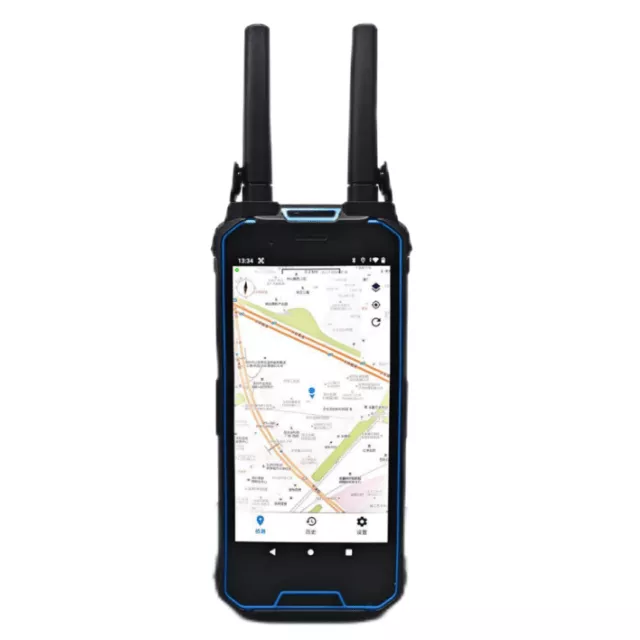

To make sure I’m always accurate, I use some clever tricks. Multilateration, Time Difference of Arrival (TDOA), and Frequency Difference of Arrival (FDOA) are my go-to strategies for getting precise locations.
All these methods work together to enhance my accuracy, ensuring I never lose sight of a drone, no matter how fast it moves or how crowded the environment is.
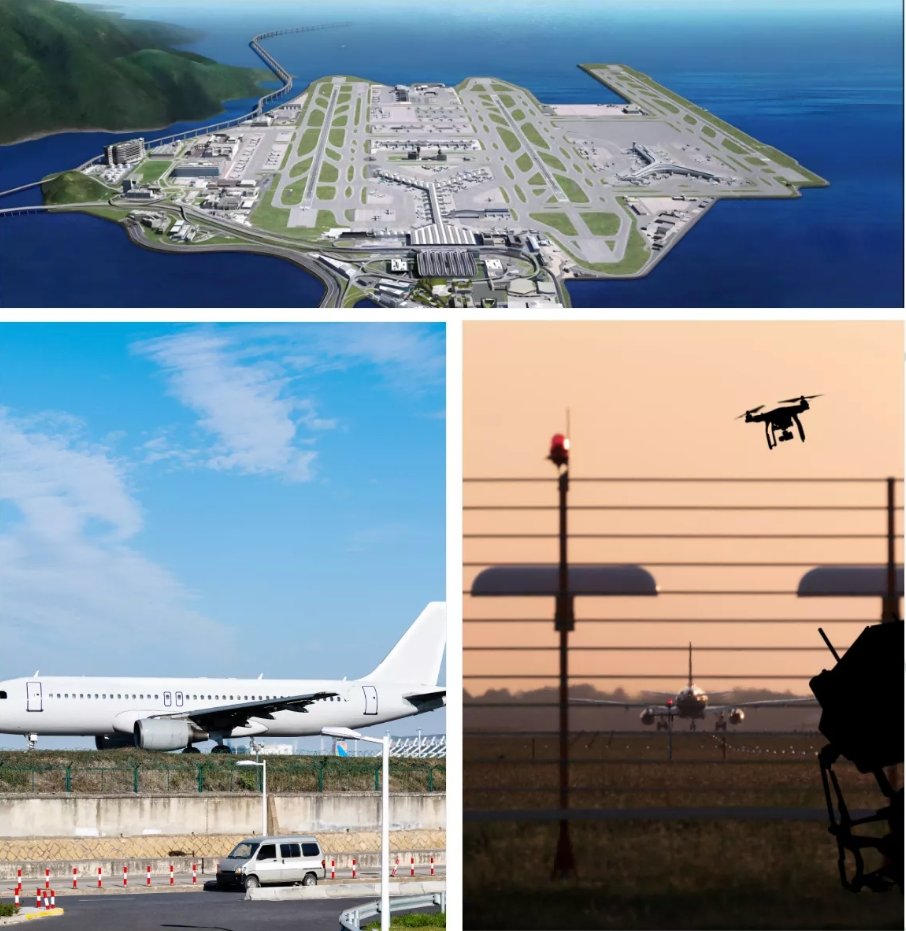
Radio technology is my secret weapon for tracking drones, combining Direction Finding (DF), TDOA, and FDOA to pinpoint their every move. My hand-carry suitcase systems offer a portable solution for quick deployments, while the Fixed RF Geolocation Systems are always on guard, providing 24/7 coverage for critical sites. As drones continue to evolve, so do I—always staying one step ahead to ensure our skies remain secure.